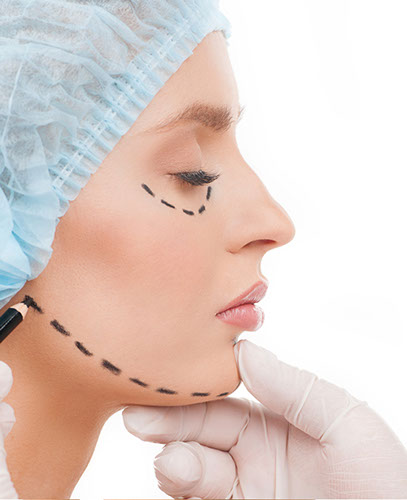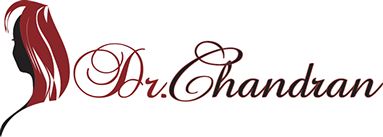210 - 206 Wellman Crescent Saskatoon, SK S7T 0J1 Aesthetic Consultations & Inquiries - 306.665.5005 Other Inquiries - 306.384.8001

Facelifts and Necklifts
With time, signs of aging of the lower two-thirds of the face and the neck can result in visible sagging of the midface, development of jowls and loose skin of the neck (neck bands). Facelifts (also called rhytidectomy or rhytidoplasty) and necklifts (also called platysmaplasty) can rejuvenate the midface and neck to improve the signs of aging. These procedures can improve fullness in the midface, smooth out the jawline and produce better contour of the neck. There are many different types of facelifts including the traditional facelift, short scar facelift, MACS lifts and other branded facial rejuvenation techniques. These branded techniques are surgical and nonsurgical. They are all compared to the traditional facelift (the “gold standard”) because the traditional facelift is the tried and true method that delivers the longest lasting results.
The goal of the traditional facelift/necklift involves re-suspending the soft tissue and some skin removal to give a more youthful midface and neck. The “windblown” look performed in the past, that was popularized in the media, is not a goal of this surgery. Please note that the term cervicoplasty is also used for necklifts. This involves tightening of the neck skin from incisions by the ear. A cervicoplasty is done as part of the facelift procedure. A platysmaplasty is different because it is done through an incision underneath the chin and it involves tightening up the neck muscle, the platysma. Sometimes, rejuvenation of the neck only requires liposuction.
Surgery and Recovery
The facelift, with or without a platysmaplasty, is done under general anesthesia. It takes about 6 hours and is an outpatient procedure. The incisions start in front of the ear and curve around the earlobe extending along the hairline. These incisions are on both sides of the face. If there is a platysmaplasty or liposuction needed in the neck, there is an incision underneath the chin. There are dissolvable sutures and skin tapes. There are also drains that come out behind each ear. The drains stay in for anywhere from 1-7 days. There will be some bruising that lasts several weeks. Makeup should not be worn for 2 weeks. A facial garment is usually provided and should be worn at all times for 7 days and afterwards at night for 5 weeks. After 7 days, most people will be comfortable going out in public. Vigorous exercise is not advised until 4 weeks after surgery.
Risks
Scar – The scars are usually pink and bruised for several weeks. They will start to fade in a few months until they are quite unnoticeable. Sometimes, the scars can be slightly raised, wide or sensitive.
Bleeding (hematoma) – It is rare to have bleeding. Occasionally, we have to return to the operating room to stop any bleeding.
Infection – The risk of infection is about 1% but it can be increased in smokers. It may require antibiotics and/or more surgery.
Contour Abnormalities – Depending on your skin thickness and quality, as well as healing, irregularities can develop. Most of these contour irregularities improve with time, but occasionally, further surgery may be warranted.
Wound healing difficulties – This can happen along the incision because of tension or poor blood supply. Incision separation, skin necrosis (skin death) and wound healing difficulties are much more common in smokers. As a result, facelifts/necklifts require that smoking be stopped for a minimum of three months before surgery as well as three months after surgery.
Facial Muscle Weakness – Rarely, there can be an injury to one of the facial nerve branches that can give a droop or weakness in the facial muscles. Most of these improve with time but very rarely, this can be permanent, and require further surgery.
Seroma – Due to the amount of dissection necessary to do the surgery, the body can produce yellowish fluid collections called seromas that can accumulate under the skin. The drains are present to drain the seroma. However, seromas can occasionally develop even after the drain is taken out.
Blood Clots – There is a rare risk of forming blood clots in the legs that can travel to the lungs. This can be life threatening. Dr. Chandran takes precautions to minimize the risks by applying stockings, calf pumps and possibly giving blood thinners.
Other rare complications may arise and they may be discussed during your consultation.
Dr. Chandran Plastic, Reconstructive & Aesthetic Surgery 210 - 206 Wellman Crescent Saskatoon, SK S7T 0J1 Aesthetic Consultations & Inquiries - 306.665.5005 Other Inquiries - 306.384.8001 Contact Us
